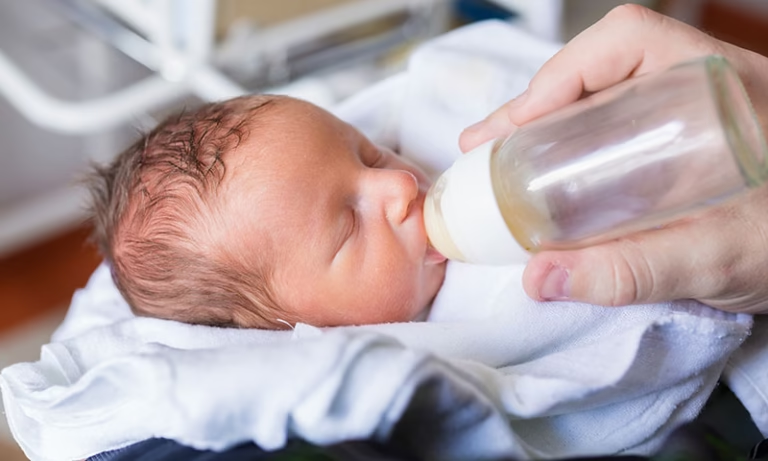Can Infants Get Fever Blisters? Essential Info for Parents
Yes, infants can contract fever blisters, also known as cold sores. These are caused by the herpes simplex virus type 1 (HSV-1). Cold sores or fever blisters in infants may indicate a herpes simplex virus infection, which warrants careful monitoring and potential medical intervention due to the tender age of the child. Despite being less…









